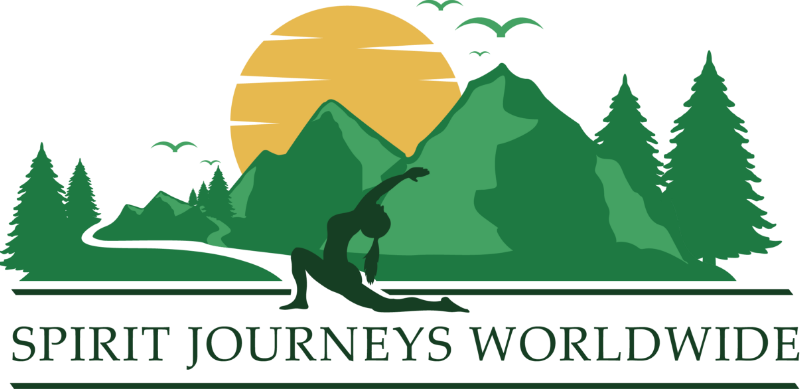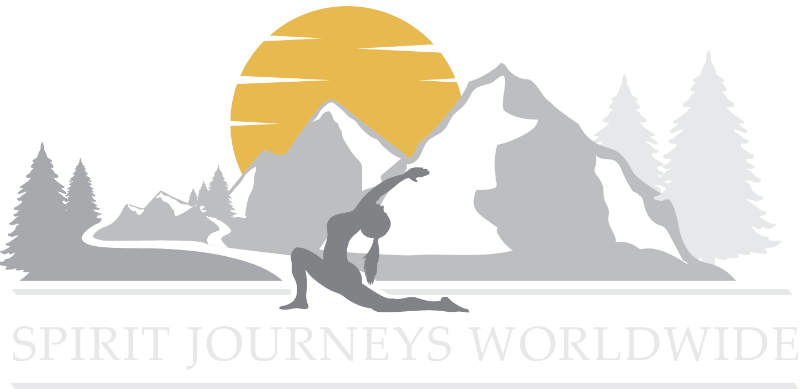“As long as but a hundred of us remain alive, never will we on any conditions be brought under English rule. It is in truth not for glory, nor riches, nor honours, that we are fighting, but for freedom – for that alone, which no honest man gives up but with life itself”.
The Declaration of Arbroath, 6 April 1320
Last week saw the 700th anniversary of what is undoubtedly the most important document in Scottish history but more than that one of the most important documents in world history, The Declaration of Arbroath (sometimes known as the Scottish Declaration of Independence).
Now some may argue, particularly incredibly a minority of Scots, that the Declaration, the only surviving copy of which is held by the National Records of Scotland in Edinburgh, isn’t as important as England’s Magna Carta (15 June 1215), which set down the common law individual rights that we now take for granted in much of the modern democratic world.
However that wasn’t the view of UNESCO, who in 2016 added it to the UNESCO ‘Memory of the World’ register according it equal status with Magna Carta which was recognised the year before. It also wasn’t the view of The United States Senate who in Senate Resolution No. 155 on March 6, 1998, recognised the importance of the Declaration and recognised April 6th a national day of recognition for Scottish Americans, April the 6th being the Anniversary of the Declaration. Following them the United States House of Representatives unanimously adopted House Resolution 41 On March 9, 2005. The resolution officially designated April 6 of each year as “National Tartan Day”, yes folks that’s the origin of the April 6th celebrations!
There may have been an element of one-upmanship in the decision given the fact the day was already recognised by Canada, Australia and other nations where Scots had made an important contribution but US legislators went a step further and noted:
“… because the Declaration of Arbroath, the Scottish Declaration of Independence, was signed on April 6, 1320 and the American Declaration of Independence was modelled on that inspirational document… this resolution honors the major role that Scottish Americans played in the founding of this Nation, such as the fact that almost half of the signers of the Declaration of Independence were of Scottish descent…”
I’ll just repeat that; “the American Declaration of Independence was modelled on that inspirational document” – now if that’s not an acknowledgement that the Declaration of Arbroath has helped shape the modern world, I’m a monkey’s uncle! (No comments on that please)
So what exactly was the Declaration of Arbroath? Well it was a latter to the Pope in Rome sent by Robert the Bruce and the leaders of Scotland. It was written in Latin around about the 4th of April 1320 and officially despatched on the 6th. It described the mythical history and struggle for freedom of the Scots against attempts by England’s Kings to dominate them; notably Edward I (he’s the really nasty one in Braveheart, please note that Mel’s film is highly historically inaccurate but it is true that Edward was a terrible individual, a tyrant no less) and his son Edward II (he’s the very unpleasant son in Outlaw King which is a lot more accurate than Braveheart but still makes a few mistakes). The ‘letter’ asserted the right of Scotland to independence from English ‘tyranny’ and asked for Papal support in asserting that independence. What we have to remember is that in Mediaeval Europe the Pope was ultimately the only international arbiter there was so Papal support meant a great deal.
By 1320 Scotland had been fighting for independence for over 20 years, having asserted himself as Overlord after the death in 1287 of Alexander III, King of Scots and then his daughter Margaret, Maid of Norway. Edward initially attempted control by proxy then finally lost patience and invaded Scotland in 1296. First of all the struggle was led by William Wallace (who was definitely not Australian) and latterly by Robert the Bruce (who definitely wasn’t Chris Pine). Robert had fallen foul of the Pope after murdering/killing in self-defence (the details are hazy) his main rival for the throne John Comyn (Cummings) in 1306.
As a result he had been excommunicated and the Pope had sided with England so the 1320 declaration was a real shot in the dark in many ways. However the Scots had an ace up their sleeve, the carefully worded Document not only asserted Scotland’s rights as a historic independent Christian nation it also asserted the rights of Scots against any ‘tyrant’ and that included Robert if:
“… he should give up what he has begun, seeking to make us or our kingdom subject to the King of England or the English, we should exert ourselves at once to drive him out as our enemy and a subverter of his own right and ours, and make some other man who was well able to defend us our King…”
That passage is fact the key to the importance of the Declaration because it essentially asserts for the first ever time the rights of ‘the people’ (in Medieval terms that meant the powerful people, not I’m afraid the peasantry) to legitimately choose a new leader if the current one doesn’t do what is in the best interests of the nation. In essence this is “We the people…” in embryonic form and that is why this document is so important in European and world history.
Sadly as a result of the current Coronavirus crisis a number of exhibitions and events that were planned to celebrate the 700th Anniversary have had to be cancelled or postponed. The good news is that some of these have been pushed back to 2021 so if you are planning to visit Scotland once this is over it’s worth considering visiting some of the sites and places related to Scotland’s Medieval struggles and the Declaration itself:
- Arbroath Abbey
- National Records of Scotland, Edinburgh (a delayed Exhibition to be announced)
https://www.nrscotland.gov.uk/Declaration - Edinburgh Castle (The Stone of Scone, stolen by Edward I but now returned to Scotland is kept here)
- Glasgow Cathedral (seat of the most powerful Bishops in Medieval Scotland)
- Stirling Castle and Bannockburn (a castle razed by Robert during his guerrilla campaigns against Edward close to the battlefield where he had his most famous victory as well as close to the site of William Wallace’s victory at Stirling Bridge)
- Scone Palace (the original site of The Stone of Scone, the stone upon which Scottish Kings sat to be crowned)
- Badenoch and Strathspey, Highland (the lands of the Comyns, the rivals to Robert the Bruce)
- Inverness, Avoch and the Black Isle (where Sir Andrew De Moray raised the Scottish standard in 1297 to begin The Rising in the North and march south to join William Wallace for The Battle of Stirling Bridge)
An excellent short film about the declaration has been produced for the anniversary and is available on Vimeo:




